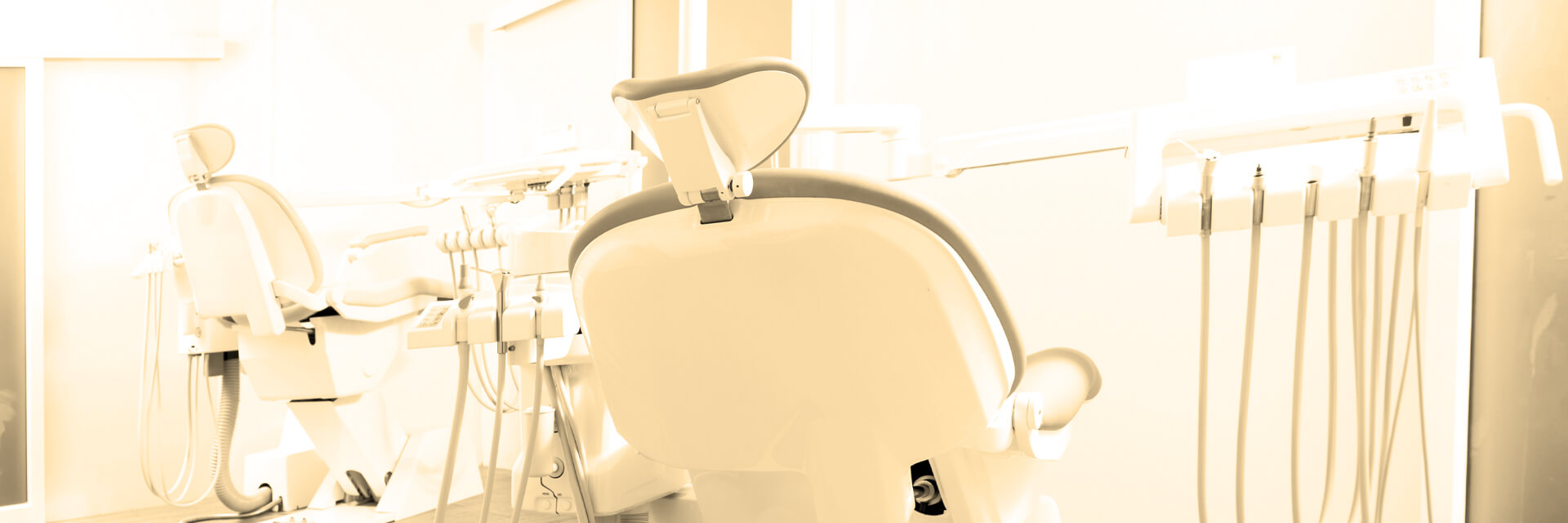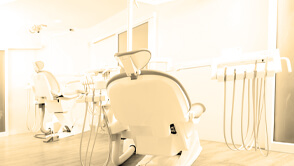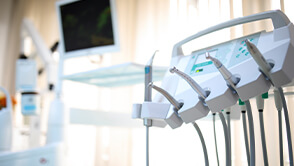
The Impact of the New Tax Law on Dentists
- Published
- Mar 1, 2021
- By
- Erick Cutler
- Share
The new tax law brings major changes to both high-earning individuals and all small businesses. As a dentist who probably falls into both of these categories, you should familiarize yourself with the major changes as soon as possible. Here are some of the steps you should take to prepare.
Reviewing Your Business Entity Structure
The tax code brings two new changes that may affect your choice of whether to be a partnership, LLC, S-corporation, or another business type. Congress intended these changes to offset each other, so most dental practices will be better off keeping their same entity type. However, your specific situation could mean that a switch could bring major tax savings.
Reduced Corporate Tax Rate
The tax rate for entities taxed as a corporation is now a flat 21 percent.
This includes personal service corporations, which most dental practices that opt to be taxed as corporations already fall into this category. If you previously paid the 35 percent personal service corporation tax rate, you will now pay the 21 percent rate.
Pass-Through Deduction
Pass-through entity (sole proprietorship, partnership, LLC, S-corporation) owners will continue to be taxed at the individual income tax rates, which now go up to 37 percent. To match the tax cut given to corporations, Congress added the new Section 199A deduction, which allows pass-throughs to deduct 20 of their qualified business income.
For dentists who have pass-through entities, the deduction is 20 percent of your profit share (not wages) as reported on your individual tax return. However, the deduction is subject to income limits:
- You receive the full deduction if your taxable income up to $157,500 for a single filer or $315,000 for a joint filer.
- The deduction phases out and is reduced if your income is up to $207,500 for a single filer or $415,000 for a joint filer.
- Dentists cannot claim the deduction at higher income levels because they are classified as personal service businesses.
Planning for Business Deductions
The income limit on the pass-through deduction adds an additional incentive to time your deductions for a specific tax year. Making a deductible expenditure late in the year can not only give you the deduction for that expense but makes sure your total taxable income falls within the limits for the 20 percent pass-through deduction. At the same time, if you know you will be over the income limit in one year, you may want to delay deductions until the next year to try to claim the 20 percent deduction in that year.
Section 179 Deduction
One of the biggest opportunities to shift your deduction is the revised Section 179 deduction. This deduction now allows you to immediately expense up to $1 million in qualified property rather than depreciating it over time. Qualified property includes the following.
- Dental equipment
- Office furniture
- Building improvements
- Other equipment such as computers and waiting room TVs
Retirement Plan Contributions
Both personal and employer tax-deferred retirement plan contributions can reduce your taxable income for Section 199A purposes. On the employer side, this can include a small business 401(k), SEP IRA or SIMPLE IRA.
The one caveat is that contributions generally must be proportional to income for all employees of a business. For example, you probably couldn't max out your account while making minimal contributions to your office staffs' accounts.
Choosing an Accounting Method
The cash accounting method is now available to all businesses with average gross receipts up to $25 million. Unlike the previous law, you are eligible even if you maintain an inventory of dental products to sell to your patients.
This change is largely tax neutral because it merely shifts income or expenses by a year, and you aren't allowed to repeatedly switch between the cash and accrual methods to minimize your tax bill. However, the cash method is generally considered simpler and may reduce your administrative work.
Revisiting Your Personal Tax Plan
There are also several key changes to individual taxes. In addition to lowering your personal taxes, these could help you reduce your taxable income to qualify for the 20 percent pass-through deduction.
- Student loan interest remains deductible with a $2,500 cap. Your modified adjusted gross income must be no more than $65,000 ($130,000 for joint filers) for the full deduction, and the deduction phases out to zero at a MAGI of $80,000 ($160,000 for joint filers).
- Mortgage interest is only deductible on the first $750,000 of a mortgage starting with mortgages taken out after December 15, 2017. Earlier mortgages are grandfathered.
- Home equity loan interest for purposes other than the purchase of a home is no longer deductible effective in 2018 with no grandfathering.
- State and local tax itemized deductions, including property taxes and state income taxes, are now subject to a combined $10,000 cap.
- The standard deduction increases to $12,000 for single filers and $24,000 for joint filers.
- Alimony for divorce and separation agreements executed after December 31, 2018, is no longer deductible for the paying spouse or counted as income for the receiving spouse.
- The estate and gift tax exclusion increases from $5 million to $10 million, plus adjustments for inflation, through the end of 2025. It will return to the $5 million level (plus inflation adjustments) on January 1, 2026, if Congress takes no action.
What's on Your Mind?
Start a conversation with Erick
Receive the latest business insights, analysis, and perspectives from EisnerAmper professionals.







